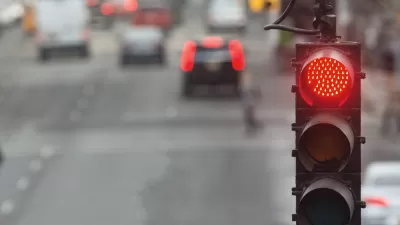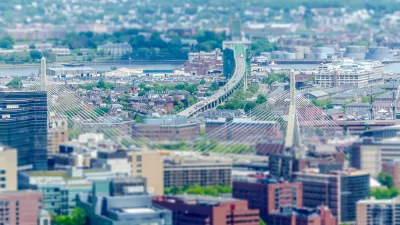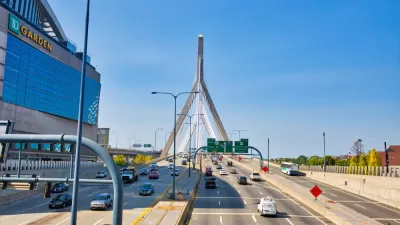Since its completion, Boston's Big Dig freeway project has succeeded in reducing congestion downtown, but new figures show the congestion has merely moved out of the central city into suburban areas.
"A Globe analysis of state highway data documents what many motorists have come to realize since the new Central Artery tunnels were completed: While the Big Dig achieved its goal of freeing up highway traffic downtown, the bottlenecks were only pushed outward, as more drivers jockey for the limited space on the major commuting routes."
"Ultimately, many motorists going to and from the suburbs at peak rush hours are spending more time stuck in traffic, not less. The phenomenon is a result of a surge in drivers crowding onto highways - an ironic byproduct of the Big Dig's success in clearing away downtown traffic jams."
"The upshot is that Massachusetts, for the $15 billion invested by the state and federal taxpayers, got a gleaming new highway system that has made zipping beneath Boston and Boston Harbor much easier. It increased overall mobility by allowing more people to travel at peak times. But most travelers who use the tunnels are still spending time in traffic jams - just not in the heart of the city, where bumper-to-bumper was a way of life on the old elevated artery."
FULL STORY: Big Dig pushes bottlenecks outward

Planetizen Federal Action Tracker
A weekly monitor of how Trump’s orders and actions are impacting planners and planning in America.

Maui's Vacation Rental Debate Turns Ugly
Verbal attacks, misinformation campaigns and fistfights plague a high-stakes debate to convert thousands of vacation rentals into long-term housing.

San Francisco Suspends Traffic Calming Amidst Record Deaths
Citing “a challenging fiscal landscape,” the city will cease the program on the heels of 42 traffic deaths, including 24 pedestrians.

Amtrak Rolls Out New Orleans to Alabama “Mardi Gras” Train
The new service will operate morning and evening departures between Mobile and New Orleans.

The Subversive Car-Free Guide to Trump's Great American Road Trip
Car-free ways to access Chicagoland’s best tourist attractions.

San Antonio and Austin are Fusing Into one Massive Megaregion
The region spanning the two central Texas cities is growing fast, posing challenges for local infrastructure and water supplies.
Urban Design for Planners 1: Software Tools
This six-course series explores essential urban design concepts using open source software and equips planners with the tools they need to participate fully in the urban design process.
Planning for Universal Design
Learn the tools for implementing Universal Design in planning regulations.
Heyer Gruel & Associates PA
JM Goldson LLC
Custer County Colorado
City of Camden Redevelopment Agency
City of Astoria
Transportation Research & Education Center (TREC) at Portland State University
Jefferson Parish Government
Camden Redevelopment Agency
City of Claremont





























